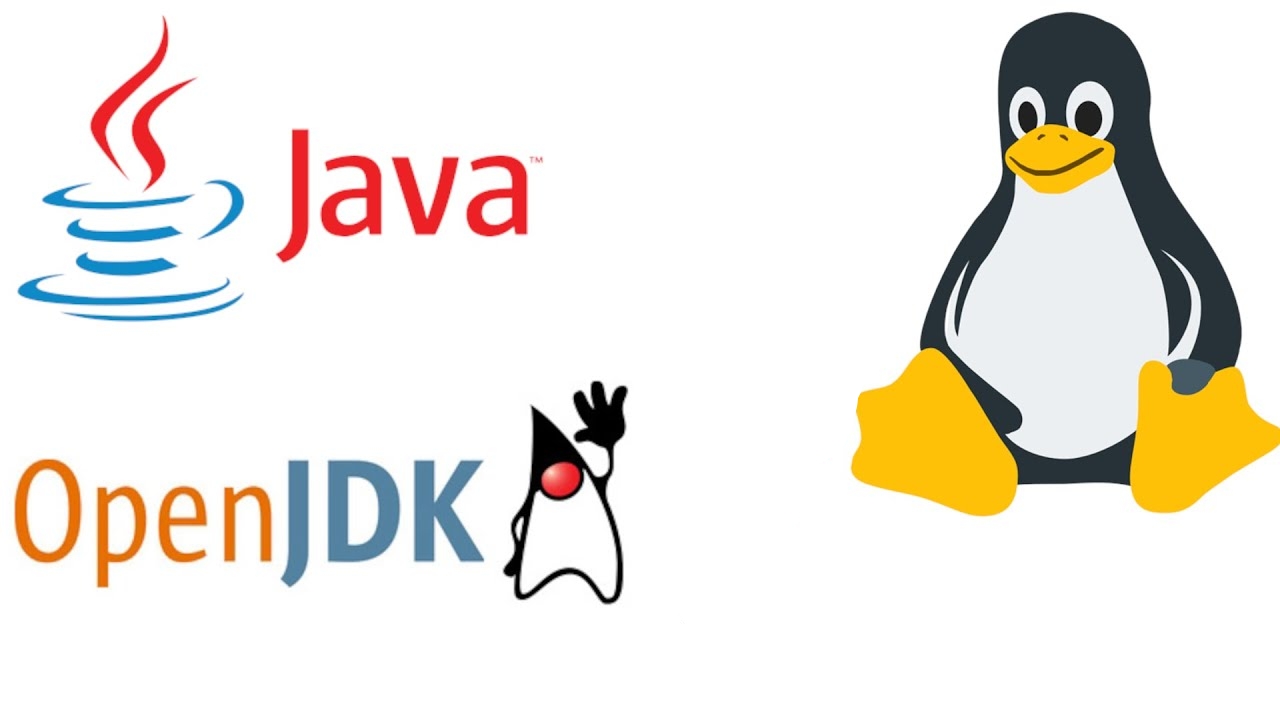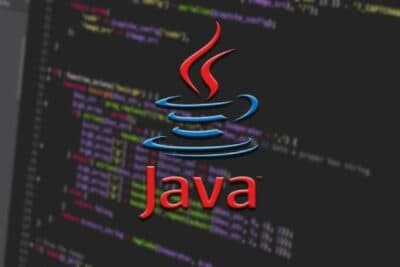- Java can be easily installed on different distributions of Linux using your package manager.
- There are different versions of Java: JRE for running applications and JDK for developing them.
- Ubuntu, Debian, Fedora, and Arch Linux have specific methods for installing Java.
- It is essential to correctly configure JAVA_HOME and verify the installation after completion.

Installing Java on Linux may seem complicated if it's your first time, but the truth is that, with the right steps, it's a quick and easy process. Whether you need Java to run applications or plan to develop software, having it properly installed and configured on your Linux system is key to avoiding errors and optimizing performance.
In this updated and detailed guide we explain How to install Java on Linux step by step, covering the most common distributions such as Ubuntu, Debian, Fedora, and Arch Linux. We also teach you how to choose between JRE and JDK, configure environment variables such as JAVA_HOME and select the default version if you have several installed.
What is Java and why do you need it on Linux?
Java is a language of programming object oriented widely used for its ability to run on multiple platforms. Thanks to the Java virtual machine (JVM), applications developed in this language can run on virtually any operating system, including Linux.
It is essential for programs like Apache Tomcat, Jenkins, Minecraft, Cassandra, Jetty and many others. Whether you're running or developing these applications, you need to install Java on your Linux distribution.
Package Types: JRE and JDK
Before installing Java, it is important to know that there are two main options:
- JRE (Java Runtime Environment): Contains everything needed to run Java applications, but does not include development tools such as the compiler.
- JDK (Java Development Kit): In addition to the JRE, these versions include everything needed to compile, debug, and develop Java software.
If you're just going to run programs, the JRE is sufficient. But if you're going to write Java code, you'll need the JDK.
Install Java on Ubuntu and Debian
These two distributions share the package system APT, which makes installation easier.
Update repositories
Start by running these commands in the terminal To make sure you have the latest versions available:
sudo apt update
sudo apt upgradeInstall the default JRE
To install the basic runtime environment:
sudo apt install default-jreInstall the default JDK
If you are going to develop programs in Java:
sudo apt install default-jdkInstall a specific version of OpenJDK
To see the available versions:
apt search openjdkYou can then install, for example, Java 11 with:
sudo apt install openjdk-11-jdkInstalling the Oracle JDK
Oracle Java offers extended support and is required by some commercial applications. To install it, you must do so manually:
-
- Download the file .tar.gz from the official Oracle website.
- Upload it to your server using
scpor a client like FileZilla:
scp jdk-version_linux-x64_bin.tar.gz usuario@IP:/tmp-
- Extract the file:
tar -xzf jdk-version_linux-x64_bin.tar.gz-
- Move the JDK folder to a permanent location:
sudo mv jdk-version /usr/lib/jvm/oracle-jdk-versionInstall Java on Fedora
In Fedora the manager is used DNFTo install Java 17, currently recommended:
sudo dnf install java-17-openjdkFor the JDK:
sudo dnf install java-17-openjdk-develInstall Java on Arch Linux
Arch Linux makes it easy to install different versions of Java from its repositories:
For the JRE:
sudo pacman -S jre-openjdkFor the JDK:
sudo pacman -S jdk-openjdkVerify the installation
After installing Java, check that it works:
To see the Java version:
java -versionTo view the Java compiler version:
javac -versionIf you see something like openjdk version «17.0.2», everything is correct.
Choosing which Java version to use by default
On systems with multiple versions you can select the default with:
sudo update-alternatives --config javaYou can also do it with other commands like javac, javadoc, keytool, etc.
Configure JAVA_HOME
Many tools like Maven require you to have the variable defined JAVA_HOME.
Find the installation path
Check where Java is installed using:
sudo update-alternatives --config javaYou will see routes like /usr/lib/jvm/java-17-openjdk-amd64.
Setting JAVA_HOME for a user
Edit your file .bashrc:
nano ~/.bashrcAt the end he adds:
export JAVA_HOME=/usr/lib/jvm/java-17-openjdk-amd64
export PATH=$JAVA_HOME/bin:$PATHSave and apply the changes:
source ~/.bashrcSet JAVA_HOME system-wide
sudo nano /etc/environmentAdd this line (adjusts the path):
JAVA_HOME="/usr/lib/jvm/java-17-openjdk-amd64"Apply the changes:
source /etc/environmentHow to remove or update Java
To update Java:
sudo apt update && sudo apt upgradeTo remove a specific installation:
sudo apt remove openjdk-17-jdkAnd if you want to delete the settings too:
sudo apt purge openjdk-17-jdkInstalling Java on Linux isn't a complicated task, but it's important to understand the steps and differences between versions. In this article, we've gathered all the relevant information so you can easily install Java on Debian, Ubuntu, Fedora, and Arch Linux. We'll also show you how to properly configure the JAVA_HOME variable and select the version you want as the default. With this, you're ready to run or develop any Java application on your Linux system.
Passionate writer about the world of bytes and technology in general. I love sharing my knowledge through writing, and that's what I'll do on this blog, show you all the most interesting things about gadgets, software, hardware, tech trends, and more. My goal is to help you navigate the digital world in a simple and entertaining way.
